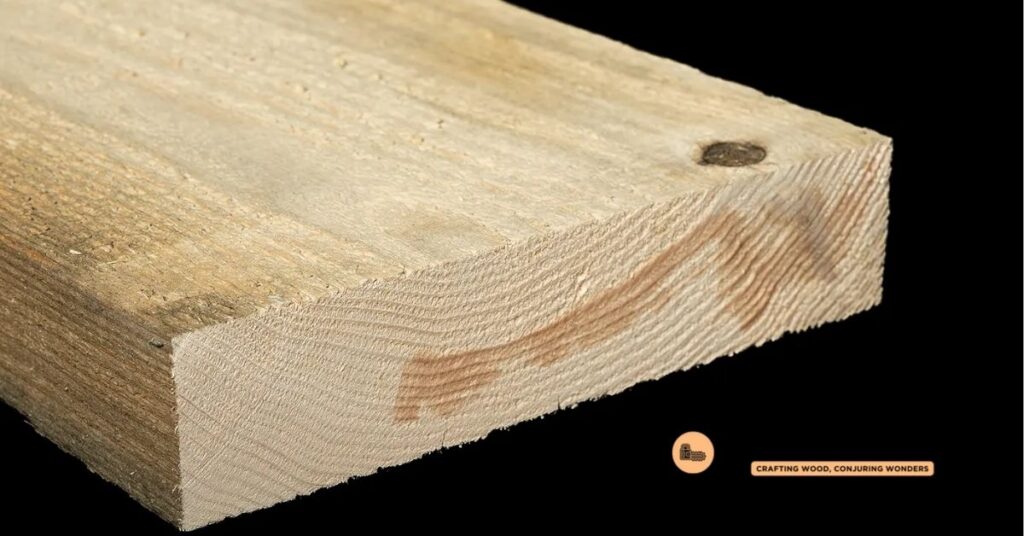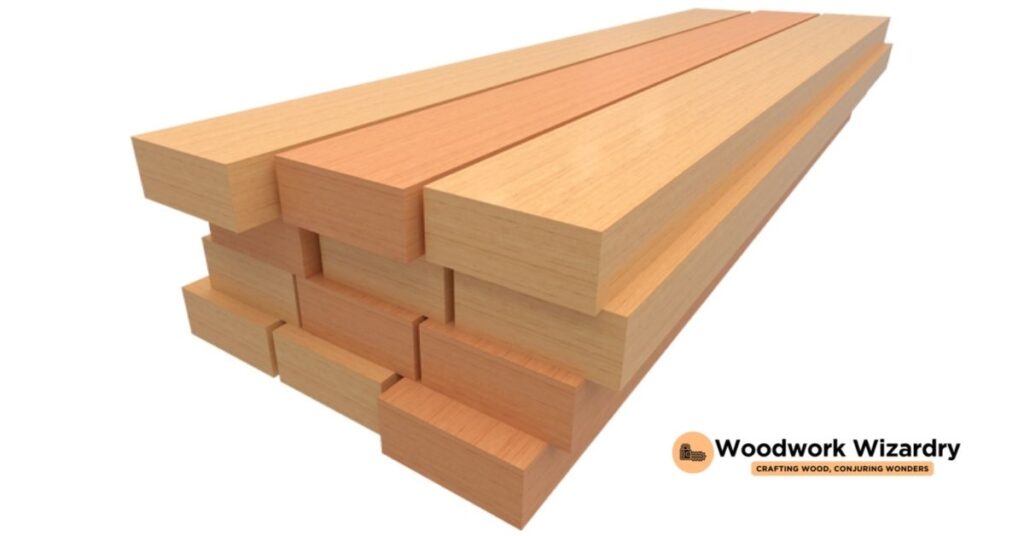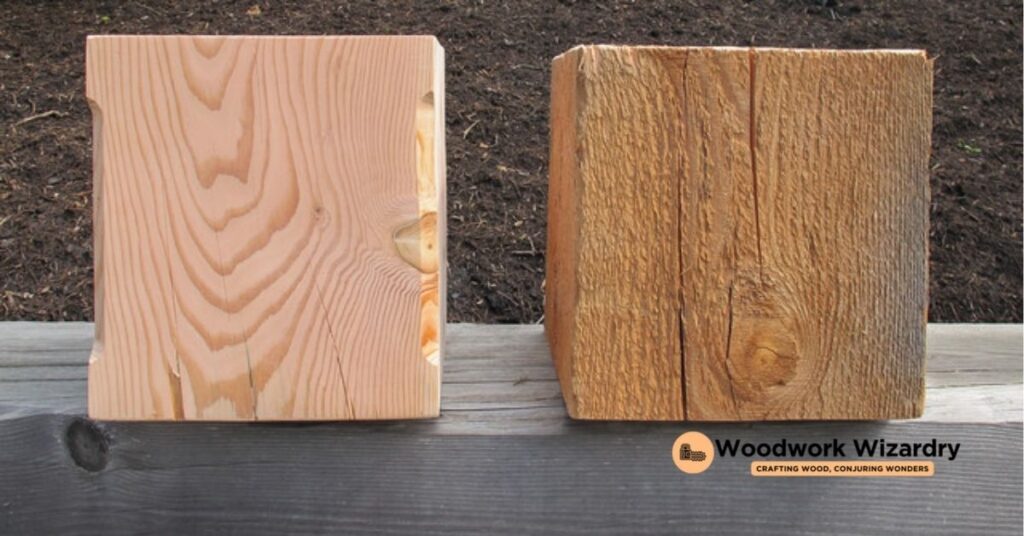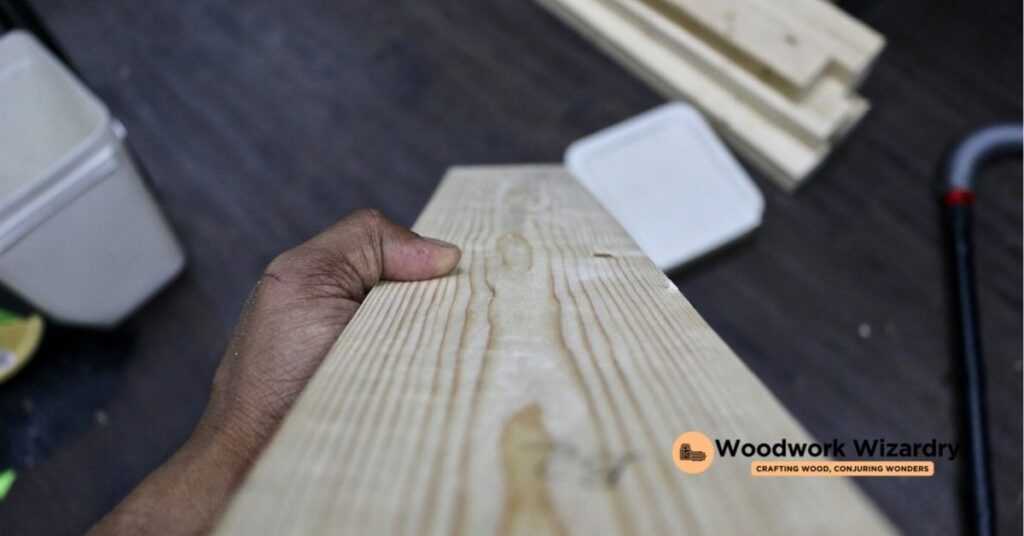When it comes to woodworking or construction, choosing the right lumber can make or break your project. You’ve probably come across terms like rough sawn and S4S, but what do they really mean for your work? These two types of lumber offer distinct advantages depending on your needs, and understanding them can save you time, money, and frustration.
Rough sawn lumber brings a rustic charm and flexibility for custom projects, while S4S (surfaced on four sides) offers precision and convenience, ready to use right out of the stack. Whether you’re crafting furniture or tackling a home improvement project, knowing when to use each type is key to achieving professional results. Ready to elevate your craftsmanship? Let’s explore how these options can transform your next project.
Understanding Rough Sawn Lumber

Rough sawn lumber consists of wood cut directly from logs without additional processing or finishing. It features a raw, textured appearance that appeals to many woodworking projects.
What Is Rough Sawn Lumber?
This lumber type is cut to exact dimensions but retains its original surface texture from the sawmill process. The uneven edges and coarse surfaces maintain a natural look. Unlike finished lumber, it hasn’t been planed or sanded, preserving its full thickness and strength. It’s popular for its rustic charm and flexibility for custom sizing.
Benefits Of Using Rough Sawn Lumber
Rough sawn lumber offers important advantages for woodworking and construction. Its thicker dimensions allow for extensive reshaping and re-surfacing without affecting durability. The natural texture enhances aesthetic appeal, especially in rustic furniture, wall paneling, and outdoor structures. Cost savings are notable since this lumber bypasses additional milling processes. It also provides greater customization options, letting you cut or smooth it to suit precise project requirements.
What Is S4S Lumber?

S4S lumber, or “surfaced on four sides” lumber, passes through processing that smooths all four surfaces. This type gives you a uniform, ready-to-use option for woodworking and construction projects.
Defining S4S Lumber
S4S lumber undergoes thorough milling to ensure all sides are precisely planed. Compared to rough sawn lumber, it’s smoother and uniform. Each piece includes consistent thickness and width, minimizing preparation time. It’s designed for ease of use, particularly in projects requiring clean finishes or accurate dimensions.
Common species include oak, maple, and pine, providing choices to match different aesthetic needs. The consistent dimensions make it suitable for applications like furniture, cabinets, or trim. In contrast to rough options, S4S lumber focuses on polished project readiness.
Key Features Of S4S Lumber
Smooth surfaces define S4S lumber, eliminating the need for extra sanding. Uniformity in dimensions stands out, with precise measurements ensuring a snug fit in projects. All four sides are planed, making cutting and assembly easier.
Moisture content in S4S is typically reduced through kiln drying, preventing warping or splitting. It’s efficient for projects like shelving, paneling, and indoor structures. The versatility of S4S lumber makes it a preferred choice for professionals and hobbyists alike.
Rough Sawn Lumber Vs S4S Lumber

These two lumber types serve distinct purposes, making them suitable for different projects. Understanding their differences helps in selecting the right material for your needs.
Differences In Texture And Appearance
Rough sawn lumber retains a natural, uneven texture from the saw cuts, giving it a raw and rustic appearance. This makes it ideal for projects where a rugged, traditional look is desired. Unlike rough sawn lumber, S4S lumber is fully milled, ensuring all four sides have a smooth, uniform finish. The precise appearance of S4S lumber suits contemporary designs, clean lines, and polished aesthetics.
Dimensions are another critical aspect. Rough sawn boards are thicker and bulkier compared to the consistently sized, squared edges of S4S lumber. This makes rough sawn better for modifications, while S4S meets immediate use cases without additional processing.
Applications And Uses Comparison
Rough sawn lumber works well for outdoor structures, rustic furniture, or decorative accents like wall paneling. Its texture adds character, and its thickness allows for custom machining. Builders and woodworkers often favor it to create robust frames or weather-resistant fences.
S4S lumber sees heavy use in furniture, cabinetry, and trim due to its finished surfaces and uniformity. It’s especially valuable for interior projects requiring precision, like baseboards or shelving, where consistent dimensions matter most. You can save time by bypassing milling or sanding with S4S lumber.
Cost Considerations
Rough sawn lumber typically costs less because it undergoes minimal processing. This makes it an attractive option for budget-driven projects or bulk purchases where flexibility and savings are crucial. On the other hand, S4S lumber generally carries a higher price tag due to the added labor and machinery involved in its manufacturing. Even though the expense, its ready-to-use nature often offsets costs in time-sensitive or professional environments.
How To Choose Between Rough Sawn And S4S Lumber

Selecting between rough sawn and S4S lumber relies on understanding project priorities and exact requirements. Evaluating factors like project type, budget, and long-term maintenance simplifies decision-making.
Assessing Your Project Needs
Start by considering the end-use of lumber in your project. For rustic designs, such as barn doors or outdoor structures, rough sawn lumber offers a natural look with thicker dimensions that can be reshaped. Its raw texture provides flexibility for creating unique sizes.
Focus on S4S lumber if your project demands precision and a smooth finish. It’s ideal for furniture, cabinetry, or trim where consistent measurements are essential. The pre-milled surfaces reduce preparation time, making it suited for time-sensitive builds.
Eco-conscious designs can also influence your choice. Rough sawn lumber may work better for projects requiring minimal processing. On the other hand, S4S minimizes waste when strict uniformity is preferable.
Budget And Maintenance Factors
Costs differ significantly between the two options. Rough sawn lumber generally costs less upfront since it undergoes minimal milling. It’s a cost-conscious choice for projects emphasizing customization or bulk purchases.
Expect S4S lumber to command higher prices because of additional preparation. The extra work saves time during assembly, which can offset the initial expense in professional or detailed projects.
Maintenance also varies with these types of lumber. Rough sawn requires sealants or treatments to withstand moisture, which adds to long-term expenses. With S4S, reduced moisture content from kiln drying simplifies upkeep, making it less prone to warping or splitting.
Conclusion
Choosing between rough sawn lumber and S4S lumber eventually depends on your project’s needs and priorities. Each option offers unique benefits, whether you’re aiming for a rustic, custom look or a polished, ready-to-use finish. By understanding their characteristics and applications, you can make informed decisions that align with your goals.
Whether you’re crafting a timeless piece of furniture or tackling a large-scale construction project, selecting the right lumber ensures both functionality and aesthetic appeal. With the right choice, your project is bound to stand out for its quality and craftsmanship.







